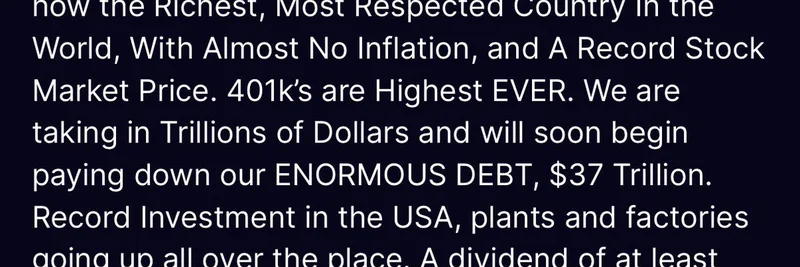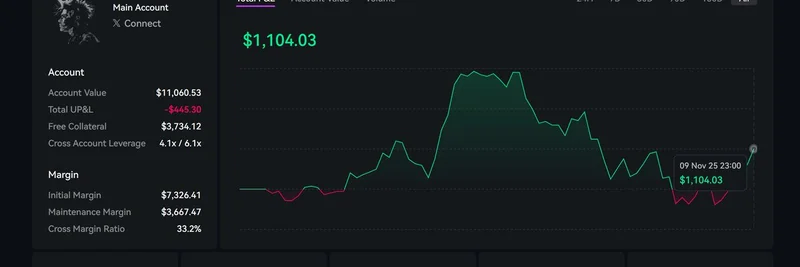If you’ve come across FIRM on Base and are wondering what it is, you’re not alone. As of the latest public data, there’s no widely documented project, whitepaper, or official website tied to FIRM at contract address 0xbf5e93088d73aa92f37e91d1317da026990fb250. This guide summarizes what’s known, why information might be scarce, how to do your own research (DYOR), and where you can track and trade the token if you choose to engage.
Base at a glance
Base is an Ethereum Layer-2 (L2) network incubated by Coinbase, built on the OP Stack to deliver lower fees and faster transactions while inheriting Ethereum’s security. It aims to be developer-friendly and integrate smoothly with Coinbase’s products, helping onboard the next wave of users into the on-chain economy. While Coinbase historically stated there was no plan for a native Base network token, it has more recently explored the idea to accelerate decentralization—though nothing official has launched at the time of writing. Learn more at the official site: https://www.base.org/
What we currently know about FIRM
- Symbol: FIRM
- Contract: 0xbf5e93088d73aa92f37e91d1317da026990fb250
- Chain: Base
- Public footprint: No recognized project page, docs, or mainstream listings found across major trackers at the time of review.
- Explorer reference: Check the contract and transfers on BaseScan at https://basescan.org/token/0xbf5e93088d73aa92f37e91d1317da026990fb250
In plain terms, FIRM exists on-chain, but there’s little to no verifiable public information linking it to a known team, dApp, or roadmap.
Plausible scenarios for a low-profile token
- Very new or niche launch that hasn’t built a footprint yet.
- Community or meme token without formal documentation.
- Dormant or abandoned initiative.
- Private/test token not intended for broad markets.
- Malicious or low-quality deployment (e.g., designed to trap liquidity or facilitate a rug).
None of these are confirmed. They’re common explanations for tokens with sparse public data.
DYOR: A practical checklist for FIRM
If you decide to investigate further, use a layered approach:
Contract basics
- Verify the exact contract address matches: 0xbf5e93088d73aa92f37e91d1317da026990fb250.
- On BaseScan, check total supply, decimals, creator, and contract creation TX.
- See if the contract is verified and the source code is published.
Ownership and controls
- Is ownership renounced? If not, what privileged functions exist (e.g., mint, blacklist, fee settings)?
- Any proxy pattern or upgradeability that could change behavior later?
Liquidity and markets
- Which pools exist, on which DEXes, and how deep is liquidity?
- Are LP tokens locked or burned? For how long, and via which locker?
- Slippage and fee structure when swapping—watch for unusually high taxes.
Holders and flows
- Holder distribution: Are a few wallets controlling a large share?
- Smart-money or bot activity patterns. Sudden accumulation/distribution waves can be red flags.
Social and comms
- Official website, GitHub, Twitter/X, Telegram, Discord—do they exist?
- Do messages, commits, and updates look authentic, consistent, and technically sound?
Security posture
- Any audits? If yes, from whom, and what’s the scope?
- Honeypot checks, transfer restrictions, or trading disable/enable switches.
Utility and alignment
- Claimed use case or meme narrative. Does it match on-chain behavior?
- Is there a real dApp or governance forum using the token?
Key risks to keep in mind
- Illiquidity and volatility: Thin liquidity can cause extreme price swings and slippage.
- Centralized control: Admin keys or upgradeable contracts can change rules abruptly.
- Hidden taxes or blacklists: Transfer fees or blacklist functions can trap users.
- Rug-pull mechanics: LP withdrawal, minting, or trading toggles can drain value.
- Narrative risk: Without documentation or community, tokens can fade quickly.
Only risk what you can afford to lose. Consider position sizing and stop-loss rules when dealing with low-information assets.
Where to track and trade FIRM
Always confirm the contract address before interacting: 0xbf5e93088d73aa92f37e91d1317da026990fb250.
- GMGN.AI: Track performance, holders, and trade via the FIRM page at https://gmgn.ai/base/token/fV1R5sZ5_0xbf5e93088d73aa92f37e91d1317da026990fb250
- Uniswap on Base: Use the Uniswap interface and switch to the Base network before importing the contract: https://app.uniswap.org/
- Aerodrome Finance (Base-native DEX): Explore liquidity and pools: https://aerodrome.finance/
Note: Availability on DEXes depends on community-provided liquidity. If you cannot find a pool, it may not be tradable at that time, or the token may require manual import by contract.
Avoid common confusion
FIRM on Base is not the same as “Base Protocol (BASE)” on Ethereum. Base Protocol aims to mirror the total crypto market cap and isn’t affiliated with Coinbase’s L2. Double-check names, tickers, and contract addresses to avoid costly mix-ups.
Bottom line
- FIRM exists on Base but currently lacks a clear, verifiable public presence.
- Treat it as a high-uncertainty asset until a legitimate team, documentation, and community emerge.
- If you choose to engage, lean on on-chain verification, risk controls, and reputable tools. Tracking and trading can be done via GMGN.AI and major Base DEX interfaces, but always DYOR and verify the contract address before you act.
This article is for informational purposes only and is not financial advice.




